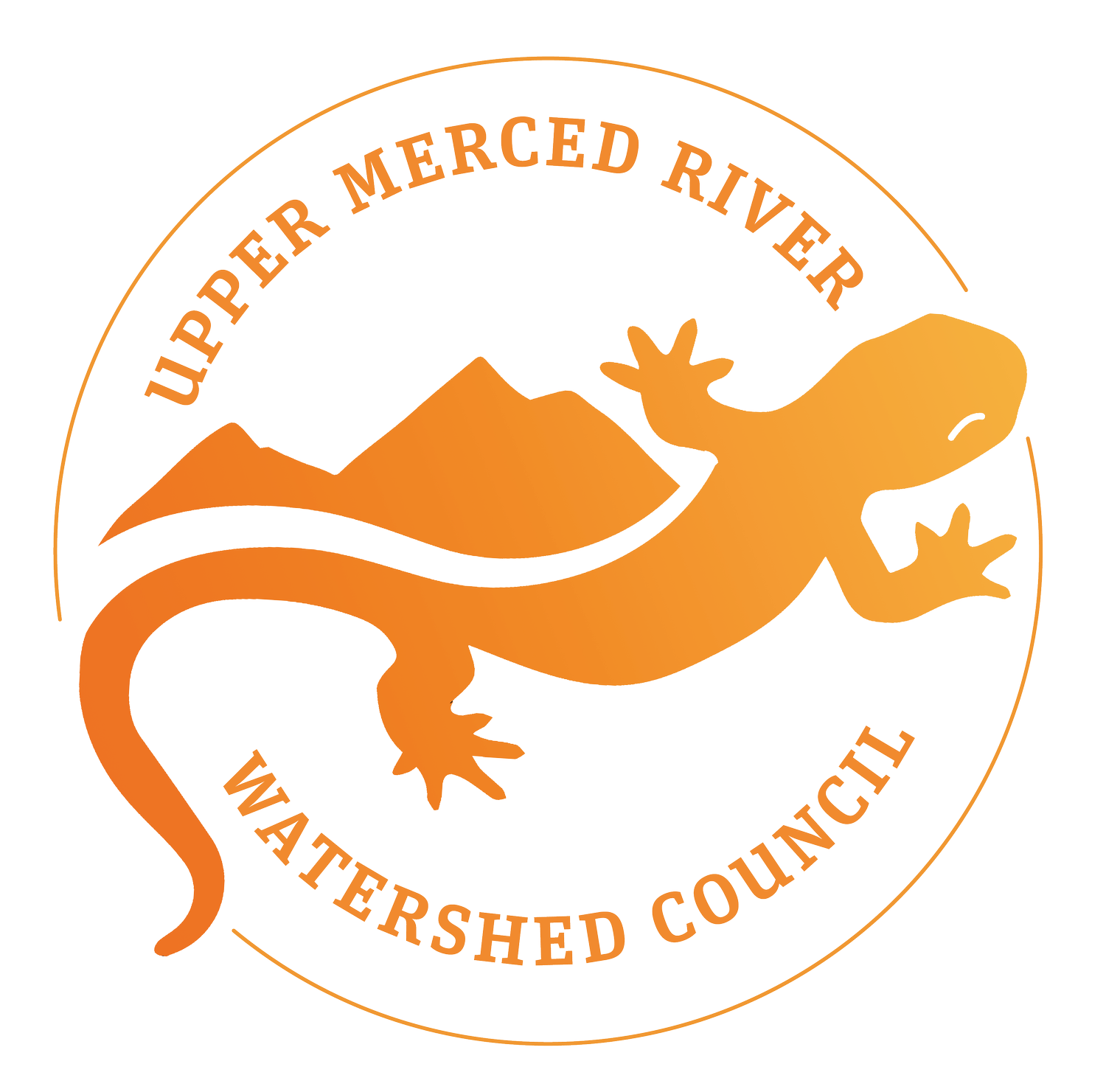Merced River Trail
The Merced River Trail project (currently in development by Mariposa County) proposes use of the historic railroad bed on the north side of the Merced River corridor as a multi-use trail that connects existing public lands within the river’s watershed. This is a Mariposa County Planning Department project, informed by community stakeholders and partners.
As an organization with keen interest in protecting and enhancing the unique values of the Merced Wild and Scenic River, the Watershed Council is closely following the development of the Merced River Trail project. In particular, the Watershed Council is focusing on sections of the trail following the Merced Wild and Scenic River and ensuring that project development is in alignment with protection and enhancement of resource values and sound stewardship practices. The Mariposa County planning team states that when completed, it is anticipated that the Merced River Trail will provide over 60 miles of trails facilitating enhanced hiking, biking, horseback riding, kayaking, rafting, and camping experiences within the Merced River corridor.
The scope of the project is currently guided by the Merced River Trail Community Working Group (CWG), appointed by the Mariposa Board of Supervisors and composed of local conservation and environmental advocates. After a two-year community engagement planning process and survey, the following goals were adopted:
According to the CWG, the Merced River Trail project will
Facilitate the elimination of barriers to the creation of a continuous, year-round trail from Bagby to Yosemite.
Conserve the cultural, historic, natural, and scenic resources of the Merced River Canyon.
Prioritize watershed and ecosystem health, including fish, wildlife, and their habitats, as a core principle of trail planning and implementation.
Integrate the Merced River Trail with existing and planned trails within Mariposa County.
Assess the viability and impacts of additional non- motorized, recreational users throughout the trail corridor, and implement strategies to maintain balance among different uses.
Initiate and support education and research activities that increase the community’s connection to and knowledge about the natural ecosystem and cultural resources of the Wild and Scenic Merced River Canyon.
Ensure that the Merced River Trail does not jeopardize or negatively impact the public safety, social well-being, or historic character of adjacent and surrounding communities.
Ensure adequate resources for the long-term maintenance and repair of the Merced River Trail and its necessary facilities.
Land Jurisdiction and Trail Building
According to planning officials, at its fullest extent, the Merced Trail will follow the Merced River on the historic Yosemite Valley Railroad grade, extending to the railroad’s former terminus in El Portal.
The railroad grade exists passes through multiple public jurisdictions including the Bureau of Land Management (BLM) and the National Forest Service. The BLM, with the help of the California Conservation Core, has successfully restored the railroad grade in the section under their jurisdiction. These sections are enjoyed by the public today and provide an example of what the project can do in other segments of the river corridor.
The segment of the railroad grade in the National Forest Service jurisdiction is not designated as a trail, has not been restored, and access to that segment is yet to be negotiated with the Forest Service. While the boundary between the Sierra National Forest and the Stanislaus National Forest runs along the Merced River, an agreement may exist between the two National Forests that allows the Sierra National Forest to administer the banks on both sides of the river.
As part of its licensing agreement with the Federal Energy Regulatory Commission (FERC), the Merced Irrigation District agreed to put a bridge across the lower river where it is part of the reservoir (not Wild and Scenic). If this occurs, the Bureau of Land Management (BLM) agreed to construct a bridge across the North Fork, connecting the trail to access from Bagby.
Some parts of the trail will also be on private land where it will be necessary to get an easement from the property owner.
The Merced River is under the protection of the Wild and Scenic Rivers Act for most of the segments where the trail will be restored. The purpose of the Wild and Scenic Act (WSRA) is to protect rivers in their free-flowing condition, ensure protection of water quality, and protect and enhance the unique values that make a river worthy of designation under WSRA. Ensuring access—so long as it aligns with resource protection goals—is also in keeping with WSRA. To that end, any portion of the trail within the Merced Wild and Scenic River must be viewed within that lens of first and foremost protecting and enhancing water quality and resource values.








Related Plans and Projects



